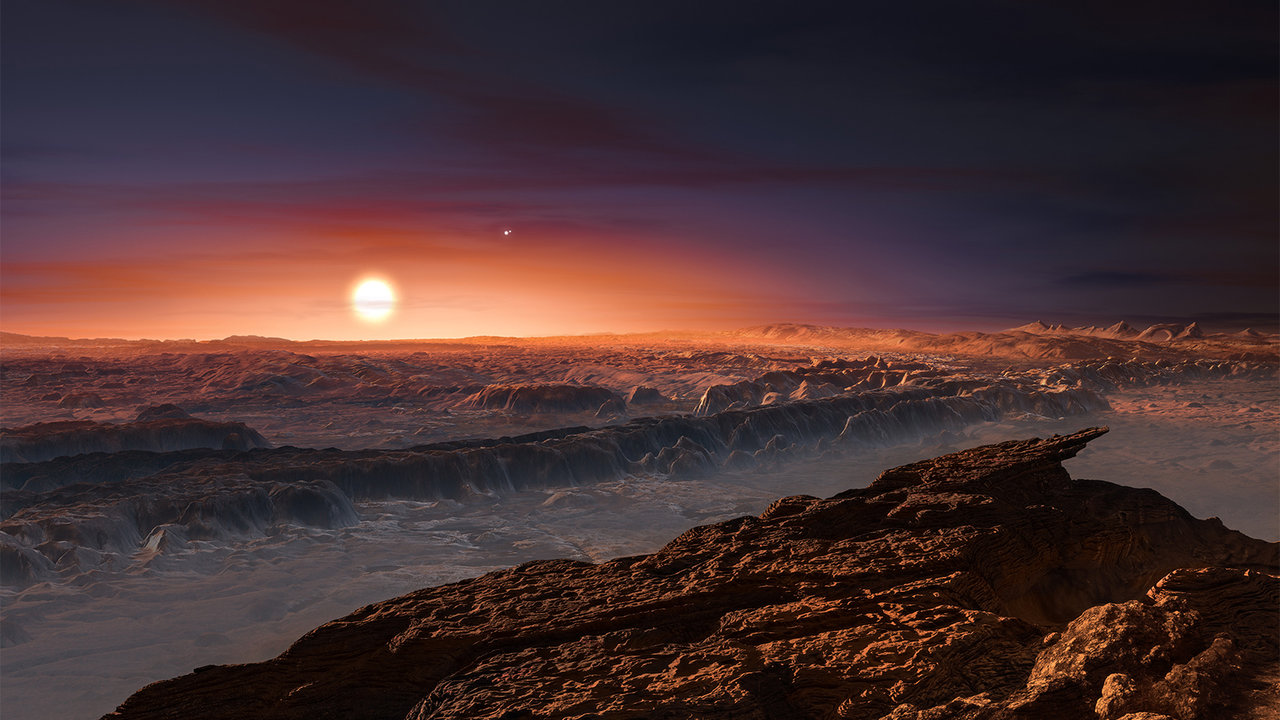NASA scientists propose new 'alien life evidence' scale
More nuance is needed in reporting possible evidence of E.T., a new paper argues.

As the search for extraterrestrial life heats up, scientists may need to step up their reporting game a bit.
Researchers should report evidence for alien life on a scale similar to the technological readiness level scale commonly used to assess the readiness of spaceflight components, a new paper argues. The goal is to make the search for life less "binary" — life or no life — and to express it more accurately in terms of agreed-upon scientific uncertainty.
The newly proposed alien-life evidence scale was outlined in a study published online Oct. 27 in the journal Nature that was led by NASA chief scientist Jim Green. The scale includes seven levels, which are subject to change depending on the type of environment involved and how the scientific community responds.
For a Mars mission, for example, finding hints of a signature of life would register at Level 1 on the scale, and showing that the discovery was not due to contamination by Earth life would raise it to Level 2. The highest levels include verifying signs of life with several instruments (Level 6) and in different locations on a world (Level 7).
Related: 5 bold claims of alien life
"Until now, we have set the public up to think there are only two options: it's life or it’s not life," study co-author Mary Voytek, head of NASA's Astrobiology Program at NASA headquarters, said in a statement. "We need a better way to share the excitement of our discoveries and demonstrate how each discovery builds on the next, so that we can bring the public and other scientists along on the journey."
NASA expects that the new scale will have special resonance when it comes to Mars, as there have been several high-profile debates about potential signs of Red Planet life. In 1996, for example, a team of researchers suggested that they found compelling signs of Mars life in a Martian meteorite called Allan Hills 84001 (ALH84001). The report remains controversial 25 years later.
Breaking space news, the latest updates on rocket launches, skywatching events and more!
Another debate was sparked in 2015, when data gathered by NASA's Mars Reconnaissance Orbiter suggested that the signature of hydrated salts was associated with intriguing, seasonally occurring dark streaks on the Red Planet known as recurring slope lineae (RSL). Some scientists think these salts resulted from evaporation of briny water, but others say RSL are more likely caused by dry landslides.
While NASA did not allude to past research in describing the new scale in the press release, the agency did point out that astrobiology — as well as all of science — is a process that includes "asking questions, coming up with hypotheses, developing new methods to look for clues and ruling out all alternative explanations."
"Any individual detection may not be completely explained by a biological process and must be confirmed through follow-up measurements and independent investigations," agency officials explained in the statement. "Sometimes, there are problems with the instruments themselves. Other times, experiments don’t turn up anything at all but still deliver valuable information about what doesn’t work or where not to look. "
NASA officials emphasized that the scale is meant to spur discussion in the community. The scale is also subject to change as large agency missions get underway later in the 2020s, including a planned Mars sample return mission and the Europa Clipper launch to a potentially habitable moon of Jupiter.
Follow Elizabeth Howell on Twitter @howellspace. Follow us on Twitter @Spacedotcom or Facebook.

Elizabeth Howell (she/her), Ph.D., was a staff writer in the spaceflight channel between 2022 and 2024 specializing in Canadian space news. She was contributing writer for Space.com for 10 years from 2012 to 2024. Elizabeth's reporting includes multiple exclusives with the White House, leading world coverage about a lost-and-found space tomato on the International Space Station, witnessing five human spaceflight launches on two continents, flying parabolic, working inside a spacesuit, and participating in a simulated Mars mission. Her latest book, "Why Am I Taller?" (ECW Press, 2022) is co-written with astronaut Dave Williams.
